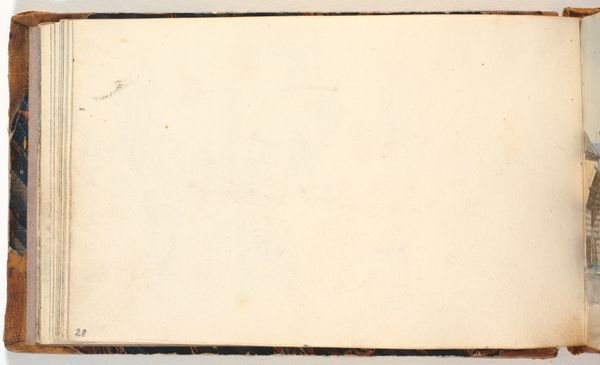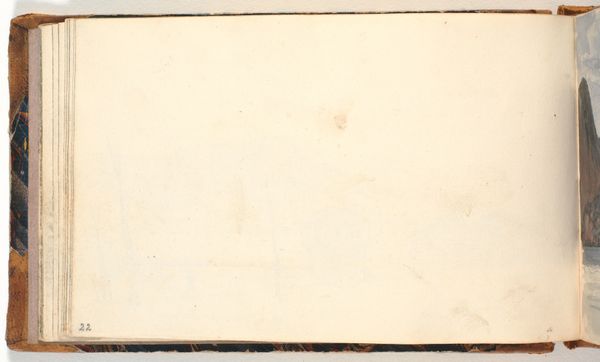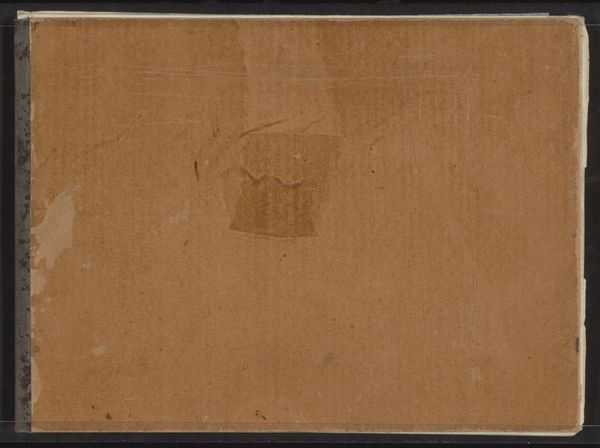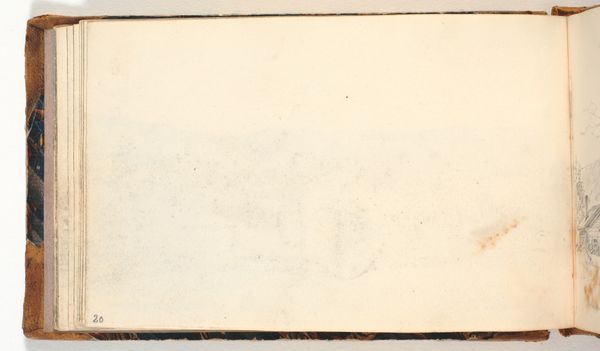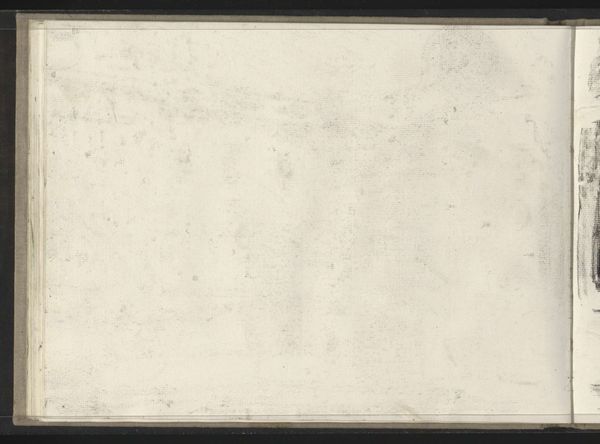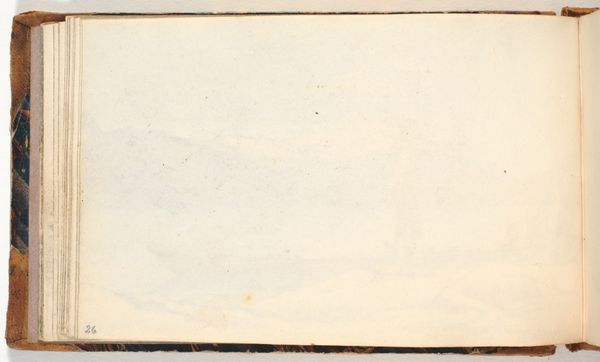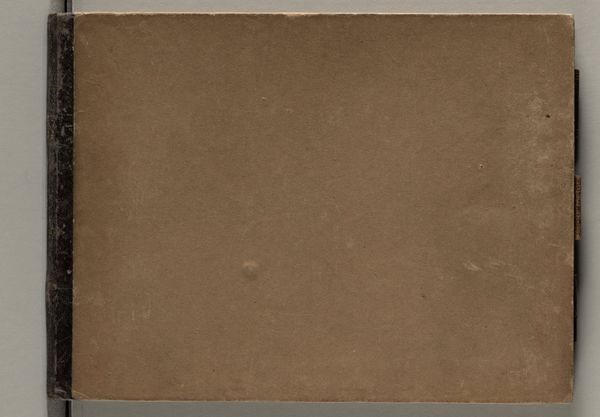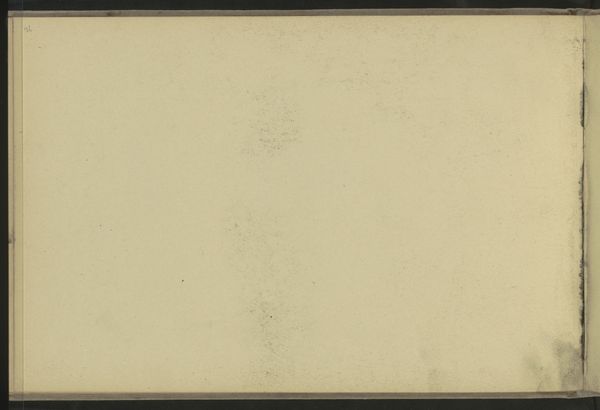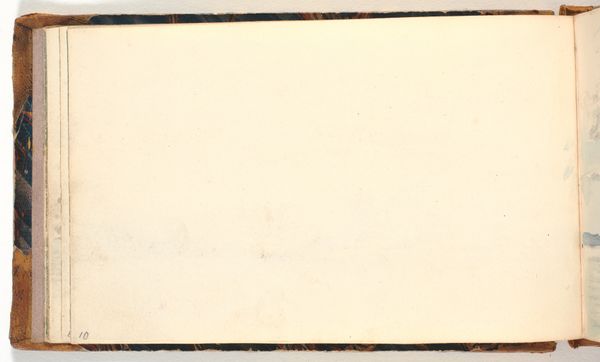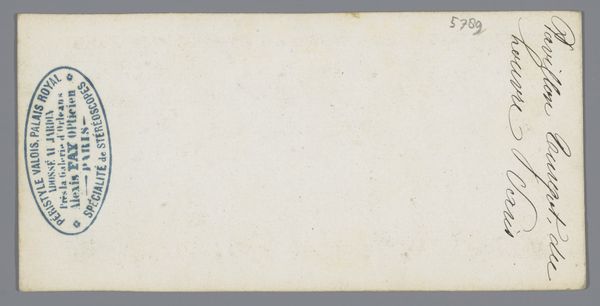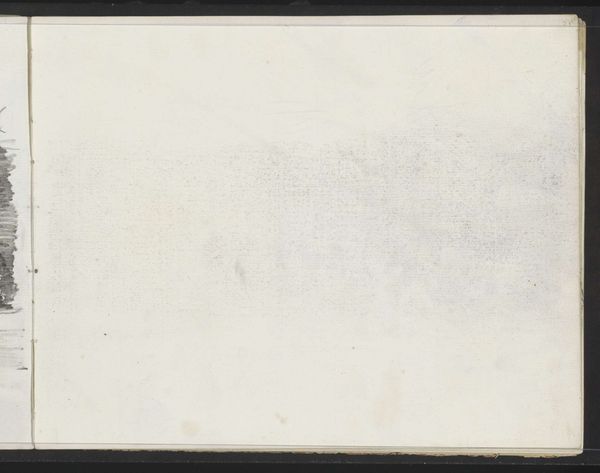
Ontwerp voor de omlijsting van een kalender voor 1901 met vrouwen en bloemen 1900
0:00
0:00
gerritwillemdijsselhof
Rijksmuseum
drawing, mixed-media, paper, watercolor
#
drawing
#
mixed-media
#
art-nouveau
#
water colours
#
paper
#
watercolor
#
line
#
decorative-art
#
watercolor
Dimensions: height 440 mm, width 318 mm
Copyright: Rijks Museum: Open Domain
Editor: Here we have Gerrit Willem Dijsselhof's "Ontwerp voor de omlijsting van een kalender voor 1901 met vrouwen en bloemen," or "Design for the frame of a calendar for 1901 with women and flowers," created around 1900 using mixed media including watercolor on paper. It's quite delicate, with subtle colours... What strikes you when you look at it? Curator: It's fascinating how Dijsselhof uses floral motifs and the female figure to embody the passage of time itself. In Art Nouveau, flowers weren't just decorative; they were potent symbols of growth, decay, and rebirth – a visual metaphor for the cyclical nature of life, and, in this case, the year. Editor: So the women are connected to that cyclical idea as well? Curator: Precisely! The female figure is often linked to nature, fertility, and the changing seasons. Dijsselhof may be drawing on ancient mythologies that associated goddesses with specific times of the year or phases of the agricultural cycle. This layering imbues the design with deeper, more resonant meanings. Consider also how the use of watercolour softens the imagery, contributing to the idealized aesthetic prevalent during the period. Does it remind you of anything? Editor: It does have that almost dream-like pre-Raphaelite quality too... I hadn’t thought about the goddesses angle! That’s amazing. Curator: The composition’s asymmetry leads our eye through a dance of blossoms and flowing hair, echoing a larger cosmological view, or maybe, something as simple as just next Tuesday's activities and meals... a beautiful reminder to mark your dental appointment, perhaps? Editor: That's given me so much to consider, connecting Art Nouveau to historical and mythological symbols of time, plus an equal measure of the very practical aspects of everyday living. Curator: Indeed. It is art, after all. But it’s more than mere surface beauty: Dijsselhof invites us to contemplate our place within the grand tapestry of existence.
Comments
No comments
Be the first to comment and join the conversation on the ultimate creative platform.
